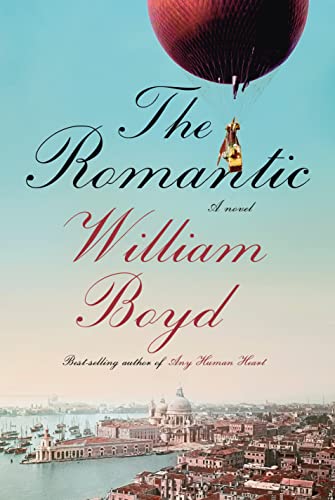The Romantic
The Romantic, William Boyd’s seventeenth novel, takes the form of a personal narrative and life story. A sweeping adventure covering almost an entire century, it follows Cashel Greville Ross from an eight-year-old boy to an octogenarian who becomes a scattershot world traveler. Born in Ireland a year before the 19th century begins, he leaves home at fifteen and finds himself a drummer boy at the Battle of Waterloo, injured by a French lancer, and soon afterward a British army soldier, still in his teens, with the East India Company. Subsequently he is a writer, even sharing company with the poets Byron and Shelley, then a farmer, brewer, and explorer traveling Africa in search of the source of the Nile.
Boyd’s prologue sets up the reader to believe that this is a biography, inclusive of annotated sources, of a real man who left behind autobiographical notes. Hand-drawn maps of battles are presented for authenticity. But it’s a fabricated account that reads like a popular hero’s tale, a picaresque novel with a touch of Fielding, and a 19th-century history of highlights for the armchair historian and adventurer.
Written in a digressive loose-limbed prose, suggesting the Romantic era’s wanderlust, Cashel’s adventures begin at the end of the Napoleonic Wars. Instead of dwelling on British history and empire as a chronicle of the changing industrial Victorian England, Boyd sends his hero on a European tour, which creates the material of Cashel’s early career as novelist. Soon wrongly imprisoned for debt, he leaves for Massachusetts, but returns to his homeland, only to leave again. His passion for an Italian countess haunts him throughout his long life, posing the ultimate question: was it a great or simply a doomed love?










